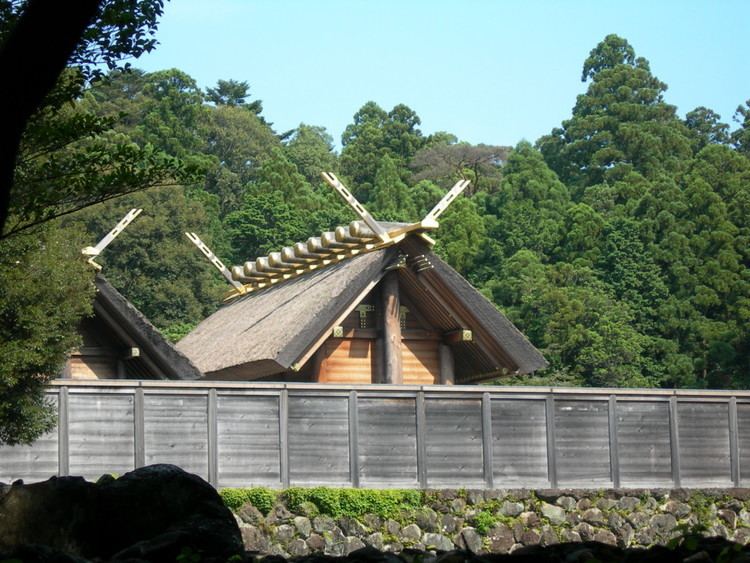645–650 Taika 686–686 Shuchō 704–708 Keiun | 650–654 Hakuchi 701–704 Taihō 708–715 Wadō | |
 | ||
Bunchū (文中) was a Japanese era name (年号, nengō, lit. year name) of the Southern Court during the Era of Northern and Southern Courts after Kentoku and before Tenju. This period spanned the years from October 1372 to May 1375. The Southern Court emperor in Yoshino during this time-frame was Emperor Chōkei (長慶天皇, Chōkei-tennō). The Northern court emperor in Kyoto was Emperor Go-En'yū (後円融天皇, Go-En'yū-tennō).
Contents
Nanboku-chō overview
During the Meiji period, an Imperial decree dated March 3, 1911 established that the legitimate reigning monarchs of this period were the direct descendants of Emperor Go-Daigo through Emperor Go-Murakami, whose Southern Court (南朝, nanchō) had been established in exile in Yoshino, near Nara.
Until the end of the Edo period, the militarily superior pretender-Emperors supported by the Ashikaga shogunate had been mistakenly incorporated in Imperial chronologies despite the undisputed fact that the Imperial Regalia were not in their possession.
This illegitimate Northern Court (北朝, hokuchō) had been established in Kyoto by Ashikaga Takauji.
Change of era
In this time frame, Ōan (1368–1375) was the Southern Court equivalent nengō.
